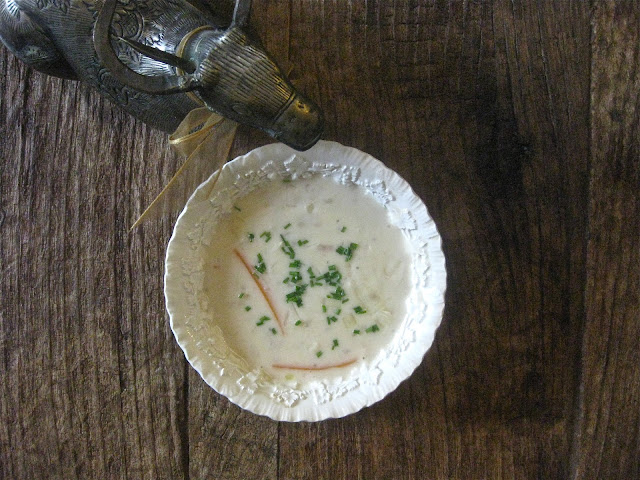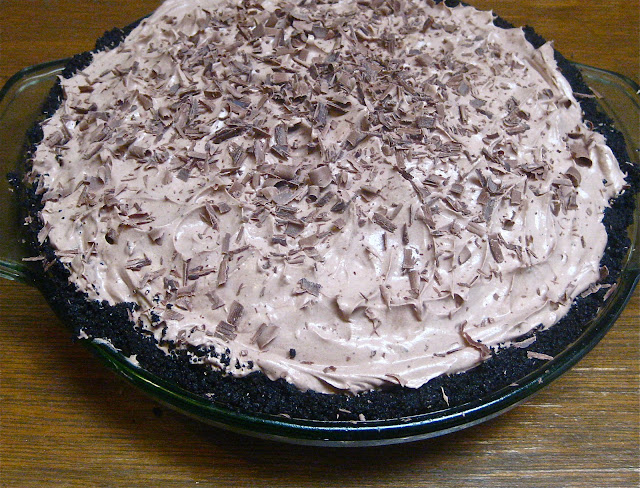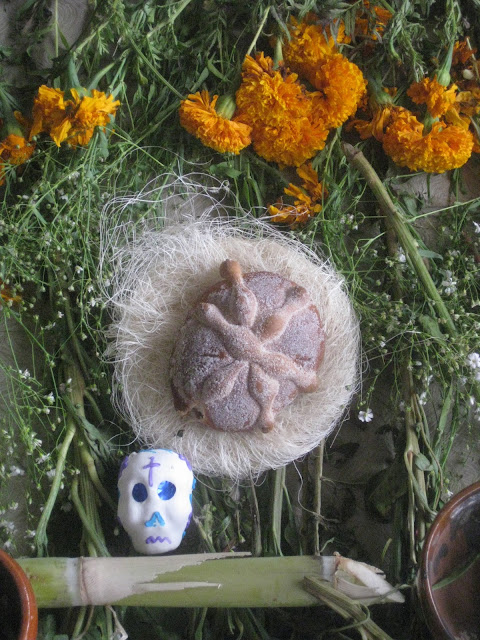Southern Women and Pecan Pies
by Victoria Challancin
Southerners love pecans. That is an undeniable fact. They love them. My Mother, who was born in Georgia, was a perfect example. Each year at Christmas she ordered 20 pounds of shelled, top-trade pecans from her home state. Each year she used every pound, minus the few she gave away. Pecan pie, chocolate pecan pie, German chocolate cake, Japanese fruit cake, Christmas fruitcakes, candies, cookies, and casserole toppings all had pecans in them. Great whopping quantities of pecans, pronounced "pe-káhns" in my home, never ever "pee-cans," as some folks say. And to this day I think of her every time I eat one. And I love pecan desserts of all types. You see, it's in my DNA.
Although my mother made a mean pecan pie, it didn't compare with the one made by the mother of our dear friends Sam and Gary. I weep to think of Mrs. Moore's pecan pie. The best. Of course, she did live in the town of Sequin, Texas, home of what was once the world's largest pecan, a 1000-pound monster that was erected in 1962 as a tribute to Cabeza de Vaca, a Spanish explorer who survived on a diet of pecans when held prisoner near there. It's only right, I think, that a Seguin native would hold my personal Pecan Pie Hall of Fame record.
Recently, when I was asked to teach my Mexican students how to make a pecan pie, I thought a lot about which recipe to use. In the end I cheated a little. Instead of the traditional pecan pie, which usually uses corn syrup, I chose this recipe, so similar to my Mom's, which uses honey instead. Soooo good.
A pecan square, on another of Mom's plates
Pecan pies weren't the only ones we enjoyed when I was growing up. When I was young, we ate every couple of weeks with my Dad's single sisters, one of whom was born in Italy, the other I was named after. Although the meal was always fabulous, usually consisting of fresh smother-fried duck, homemade egg noodles, fresh yeast rolls, and all sorts of garden vegetables, it was the dessert that captured us all. Why? Because each time we visited, my aunts made each one of my family his or her own pie. Every time. Our own pie. On the table waiting for us, you would always find individual homemade pies: cherry for Mike, egg custard for Jim, pineapple cake pie for Dad, chocolate cream pie for Mom, and coconut cream for me. Every time. And we happily filled the car trunk with the leftovers to take home. Yes, every time. Five pies for 7 or 8 people. My kind of dinner.
A Few Pecan Facts
As the only nut tree that grows naturally in North America, the pecan is national culinary treasure with a long history which includes both what is now the United States and Mexico. The word "pecan" derives from a Native American Algonquin term, paccan or pakan, that was used to describe all nuts requiring a stone to crack. Because wild pecans were readily available, they proved useful as a major food source during the fall for the indigenous people. Later on, in the 1600s and 1700s, the trees were planted and cultivated by Spanish colonists and English settlers alike. Even George Washington and Thomas Jefferson planted and enjoyed them.
A few fun pecan facts:
- Some Native Americans believed the pecan tree to be representative of the Great Spirit
- Pecans were traded by the early Spaniards in Florida with the native peoples for hides and mats
- Pecans are high in calories, which helped some native tribes who were able to subsist on solely pecans for 2 months out of the year
- Long before Europeans settled in North America, the Native Americans widely consumed and traded pecans
- The Spaniards, the first Europeans to enjoy pecans, took the tree back to Europe, Africa, and Asia
- Pecans are widely grown in Texas, where one governor asked that a pecan tree be planted at his grave instead of a headstone
- The pecan is the state tree of Texas
- Carya illinoinensis, the pecan, is a species of hickory native to south-central North America
- Pecans are very rich in pyridoxine (vitamin B6), which is important to regeneration of cells in diseased hearts
- Pecans are also a good source of thiamine, zinc, copper, potassium, and iron
Cook's Notes: Happily, I changed nothing about this recipe. It is perfect just the way it is.
Recipe: Pecan Squares
(Recipe by Martha Stewart)
Makes 32 bars
For the crust:
1 cup plus 2 tablespoons unsalted butter, room temperature
3/4 cup light brown sugar, firmly packed
1/2 teaspoon salt
3 cups flour
For the filling:
1/2 cup unsalted butter
1/2 cup light brown sugar, firmly packed
6 tablespoons honey
2 tablespoons sugar
2 tablespoons heavy cream
1/4 teaspoon salt
2 cups pecan halves
1/2 teaspoon vanilla extract
Place rack in center of oven. Preheat oven to 375 degrees F.
To make the crust: In the bowl mix the butter and sugar until light and fluffy, about 2 minutes. Add salt, and mix to combine. Add the flour 1 cup at a time, on medium speed, mixing until fully incorporated after each addition. Continue mixing until the dough begins to come together in large clumps. Press dough into a 9 x 13-inch baking pan about 1/4-inch thick. Prick the pastry with the tines of a fork. Chill until firm, about 20 minutes. Bake until golden brown, 18 to 20 minutes. Transfer pan to a wire rack to cool completely. Reduce oven to 325 degrees F.
To make filling: Place butter, brown sugar, honey, granulated sugar, heavy cream, and salt in a medium saucepan over high heat. Bring to a boil, stirring constantly until mixture coats the back of a spoon, about 1 minute. Remove pan from heat, stir in nuts and vanilla. Pour filling onto the cooled crust. Bake until filling bubbles, 15 to 20 minutes. Carefully transfer pan to a wire rack to cool completely. Run a knife around edges of pan and invert onto cooling rack, leaving the pastry on the rack, Invert rack with pastry onto a cutting board, leaving pastry on the board, filling side up. Use a sharp knife to cut into 1 x 3-inch bars. Store in a airtight container, up to 1 week.
Parting Shot:
Photo by Jennifer Haas
©Victoria Challancin. All Rights Reserved.
Like life and love, recipes are meant to be shared, but please ask permission before using text or photos. Thanks!















































